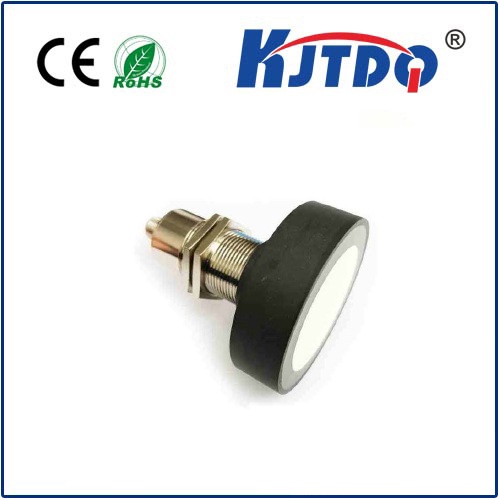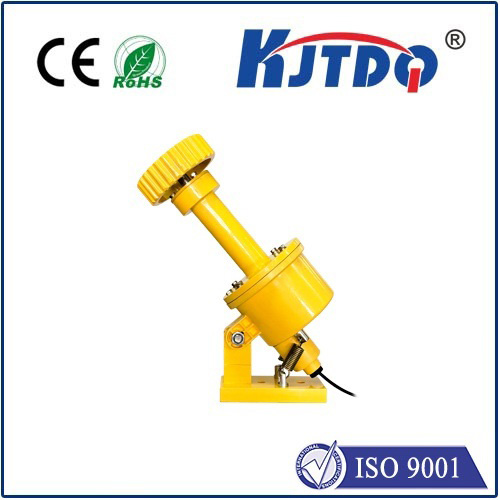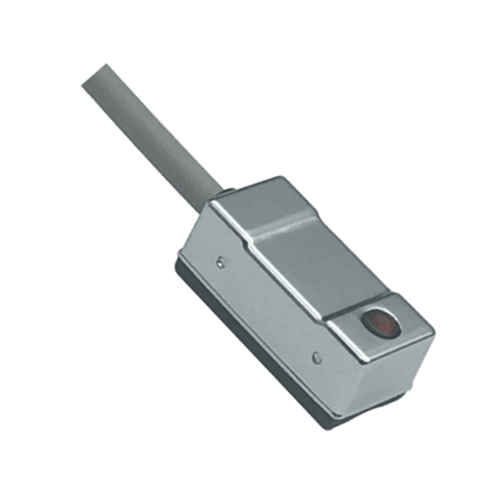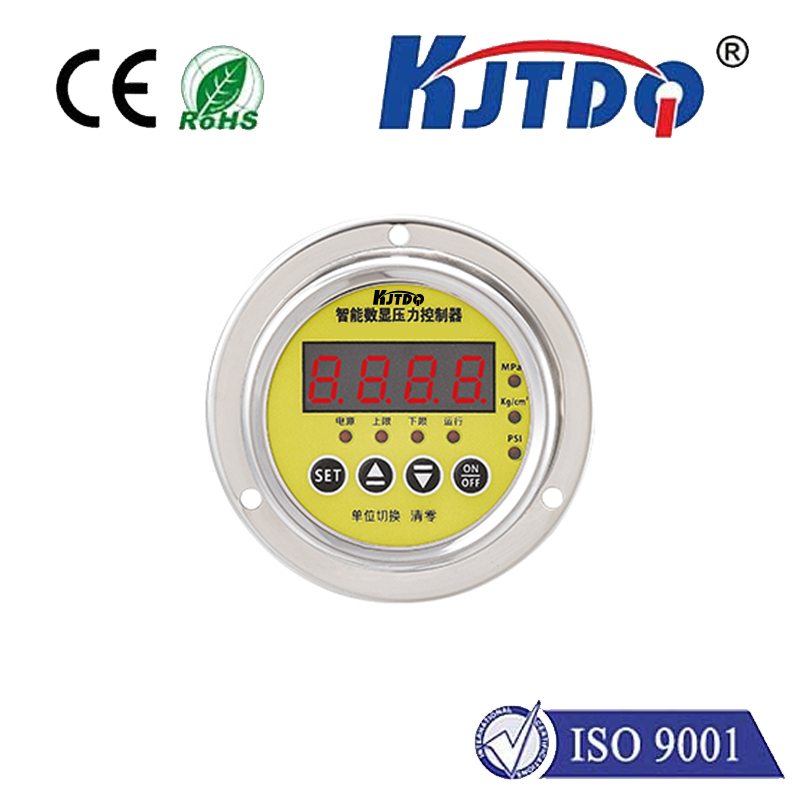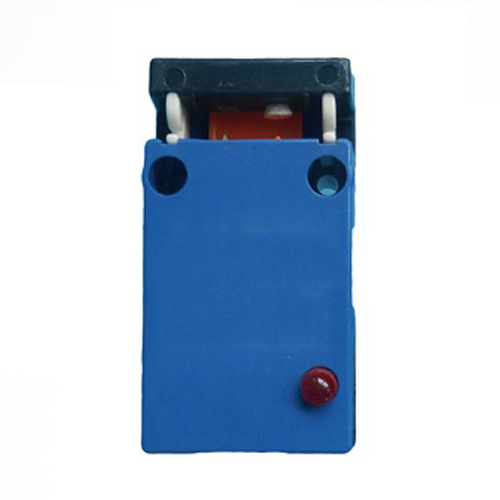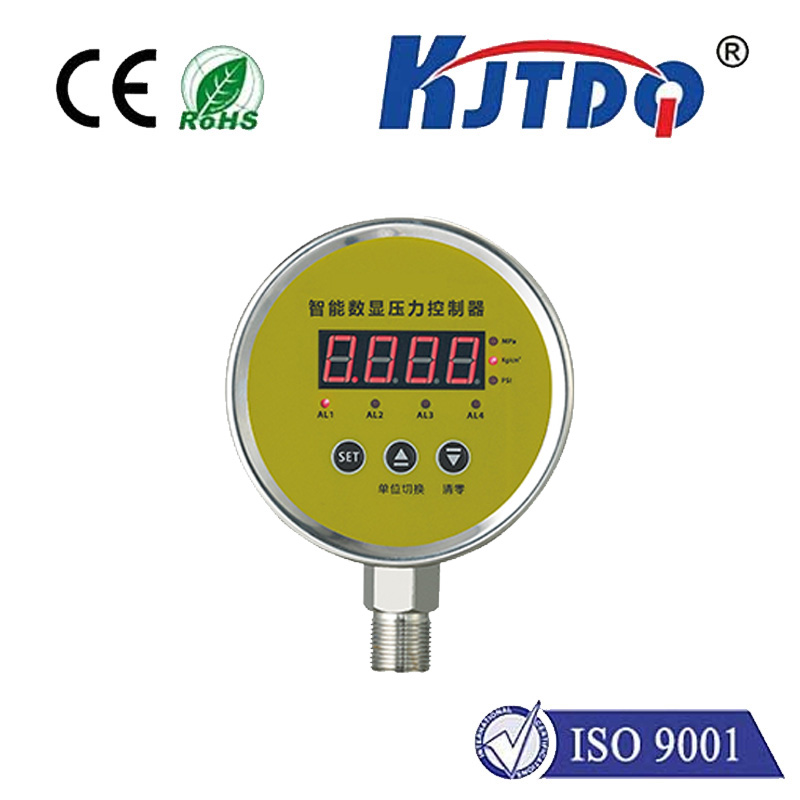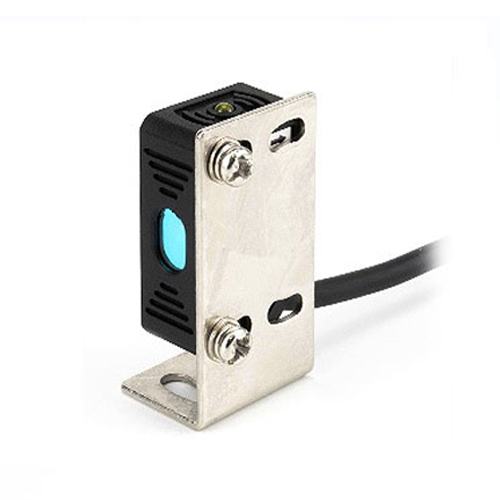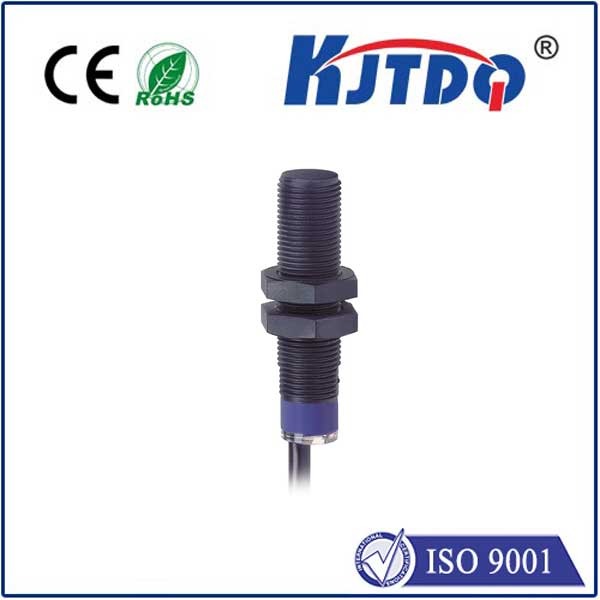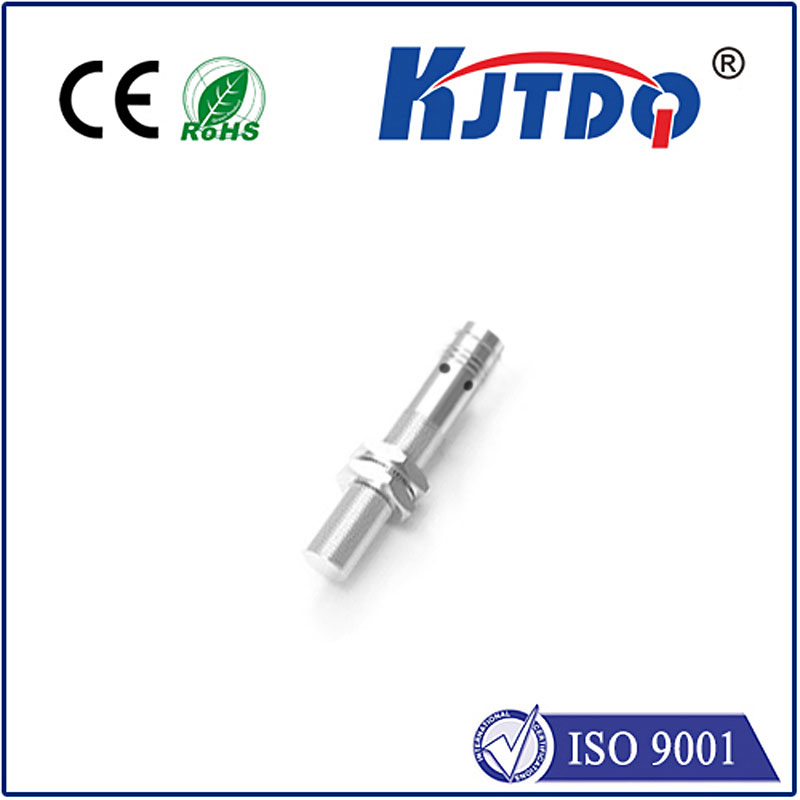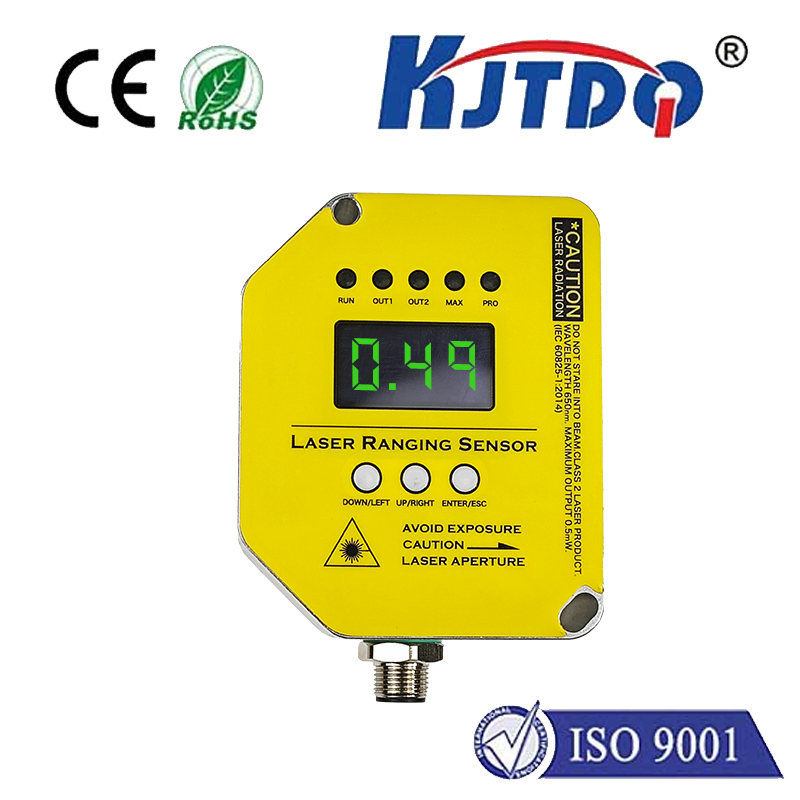

check

check

check

check

check

check

check

check

check

check

Title: The Marvel of Modern Sensing: Inductive Proximity Sensors Unveiled The industrial revolution has brought with it a myriad of technological advancements that have transformed the way we live and work. Among these groundbreaking innovations are inductive proximity sensors, which have become indispensable in a range of applications from manufacturing to security systems. Today, we unravel the marvels of these ingenious devices, focusing on their ability to detect with precision and reliability. Introduction to Inductive Proximity Sensors Inductive proximity sensors are electronic gadgets designed to detect the presence of metallic objects without any physical contact. They operate based on electromagnetic fields; when a metal object comes close to the sensor, it alters the magnetic field, triggering an output signal. This non-contact characteristic makes them highly reliable and versatile for various industrial processes. Mechanism and Operation of Inductive Proximity Sensors At the heart of an inductive proximity sensor is a coil that generates an electromagnetic field when an alternating current passes through it. As mentioned earlier, the introduction of a conductive material like metal into this field disrupts it, resulting in a change in the sensor’s electrical characteristics. This change is then detected by the sensor’s circuitry, which converts it into a switch output – typically a simple on or off signal. Applications Across Industries The utility of inductive proximity sensors spans across numerous sectors. In manufacturing, they automate counting processes, monitor product presence, and control machinery movements. In the field of automation, these sensors ensure seamless conveyor belt operations and efficient sorting mechanisms. Security systems also leverage their capabilities to detect unauthorized entries or movements within sensitive areas. Furthermore, in automotive engineering, inductive sensors play a crucial role in anti-lock braking systems (ABS) and cruise control functionality. Advantages of Using Inductive Proximity Sensors One of the standout benefits of inductive proximity sensors is their durability. Since they don’t make direct contact with the objects being detected, they are less prone to wear and tear, offering extended operational lifespans. Additionally, they can function in harsh environments where other sensors might falter due to contamination or extreme temperatures. Their response time is another feather in the cap, allowing for rapid detection and prompt actions in real-time applications. Challenges and Considerations Despite their many strengths, inductive proximity sensors come with their own set of challenges. For instance, they may struggle to detect non-metallic materials, limiting their use cases somewhat. Moreover, their sensitivity can be affected by factors such as temperature fluctuations and electromagnetic interference, necessitating careful consideration during system design. Conclusion: A Glimpse into the Future As we continue to embrace the digital age, the role of inductive proximity sensors is only set to grow. With ongoing advancements in sensor technology, we can anticipate even more sophisticated versions that overcome existing limitations and open up new horizons for innovation. Whether in smart homes, autonomous vehicles, or cutting-edge industrial solutions, the future shines brightly for these unassuming yet vital components of our modern world.
